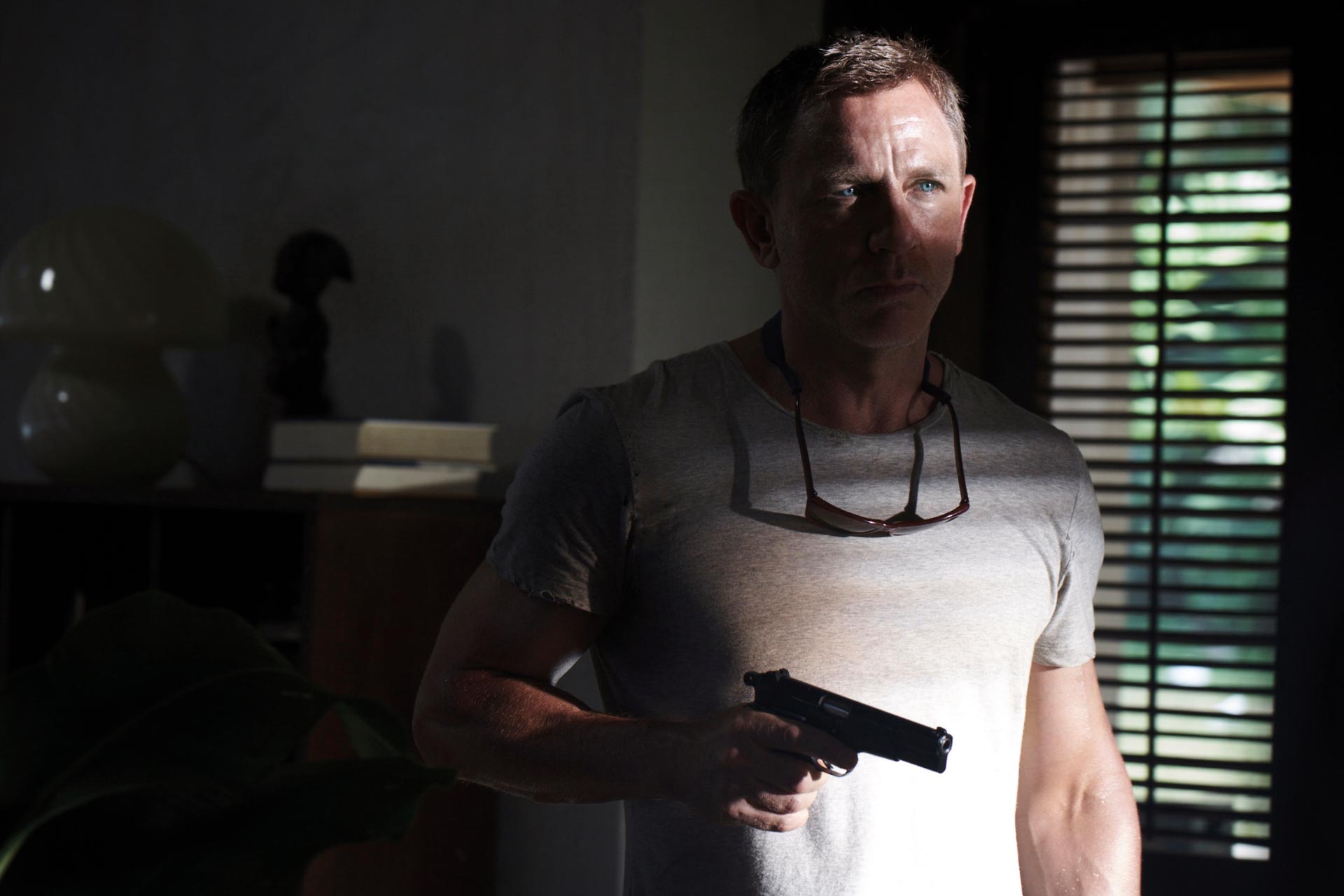Honey Ryder (Ursula Andress) stands as the archetypal Bond woman: strong, resilient, and beautiful. Searching Caribbean beaches for seashells, she gets swept up in 007’s mission to stop Dr. No destroying US rockets.
Before encountering James Bond, Honey travelled the world with her marine zoologist father. He disappeared during a trip to Crab Key with local authorities claiming he drowned, but Honey believes Dr. No is responsible.
Honey meets Bond on Crab Key where they are quickly captured by Dr No’s guards who kill Bond’s ally, Quarrel. By visiting Crab Key, Bond and Honey have been exposed to radioactive waste from No’s nuclear generator. They are cleansed before being taken to their rooms. Bond and Honey then pass out after drinking drugged coffee.
At dinner, Bond tells Dr. No that Honey has nothing to do with his mission, but the villain senses Bond’s protective feeling for Honey and uses her to provoke 007. Dr. No’s men manacle her in a chamber that slowly fills with water, but Bond rescues her. They escape in a boat seconds before Dr. No’s nuclear reactor explodes, obliterating Crab Key. Honey ends up in Bond’s arms.

